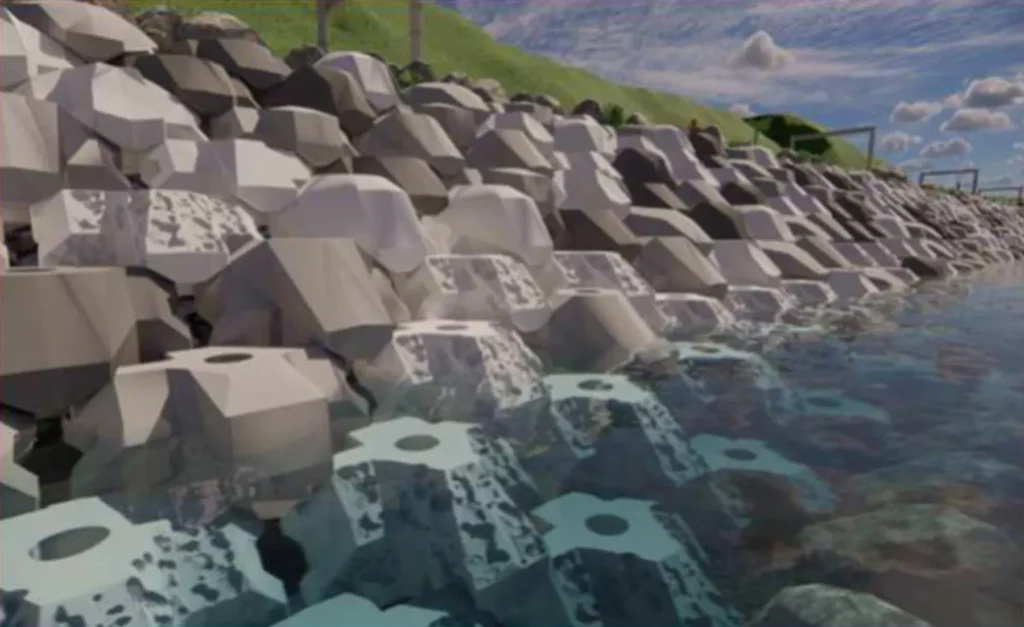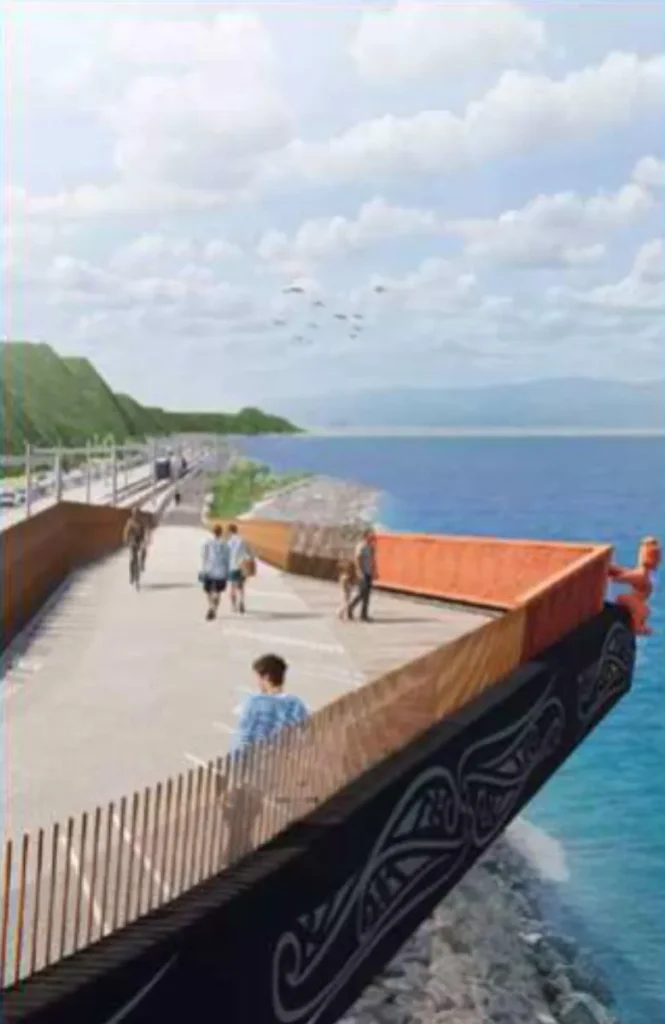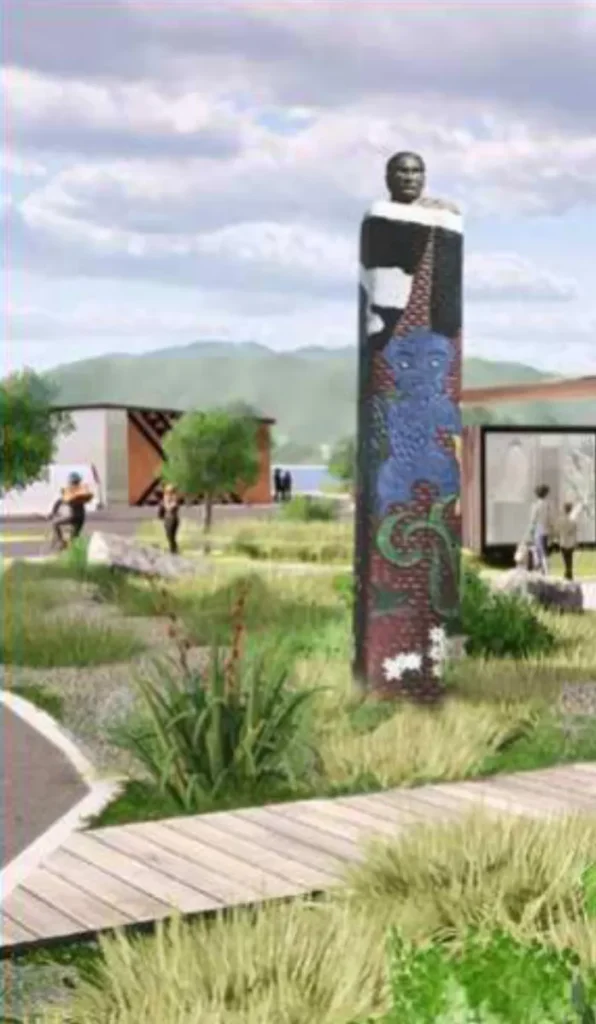Te Ara Tupua Shared Pathway
A Sustainability Case Study
Tonkin + Taylor
Project Overview
Te Ara Tupua, the planned shared cycling and walking path alongside Wellington’s harbour is an initiative to improve sustainable outcomes . It inherently encourages greater uptake of active modes of transport by providing a safe environment to do so, and in turn decreases reliance on a reduction in fossil-fuel powered vehicles. T+T is the lead designer currently engaged by Waka Kotahi as part of the Te Ara Tupua Alliance. The focus has been on consideration of various coastal sea defence options, required materials as well as their constructability to deliver the project within current funding constraints – as well as a very strong focus on Mana Whenua engagement. The sea defences are intended to provide long term resilience to the shared path and existing transport corridor (KiwiRail line and SH2).
Habitat Creation
Te Whanganui a Tara (Wellington Harbour) is an ecologically sensitive area, so extreme care is being taken by the design team to mitigate the environmental footprint of the project. This included installing ecologically enhanced blocks, which have Māori patterns impressed on them. These blocks will not only increase the cultural value of the project through the display of traditional patterns, but also to provide nooks that can be inhabited by creatures. Other features incorporated in the project design include tide pools and penguin homes being created along the cycleway, and the creation of habitats for lizards and skinks.
Geotechnical sustainability on this project
- Reducing built footprint and coastal occupation through steeper slope revetments and near-vertical seawalls at high ecological value beaches.
- Geotechnical design was extensively challenged and peer reviewed – which lead to increased design quality, minimisation of materials and increased resilience!
- Sustainability in material selection (e.g. XblocPlus units which have a lower embodied carbon than other similar units).
- Incorporating habitat creation opportunities for marine life into designs – e.g. offshore habitat, artificial reef structure, rock pools, protected shingle beaches, ecological screens, etc.

Cultural Heritage and Legacy
Wellington Harbour is hugely culturally significant for the local iwi, Ngāti Toa Rangatira, which our team took great care to honour at every step of the project. Some key features of the project that highlight the cultural significance of the area include the main bridges being named after two important Māori chiefs from the area, and the strategic placing of rest areas to be where waka used to land (the ūrunga – access points). One of the parks on the path is also called Honiana Te Puni Reserve – after a chief of the same name, who signed Te Tiriti o Waitangi. Storyboards and artwork along the whole pathway tell both the Mātauranga Māori and western science stories of the harbour’s creation.

